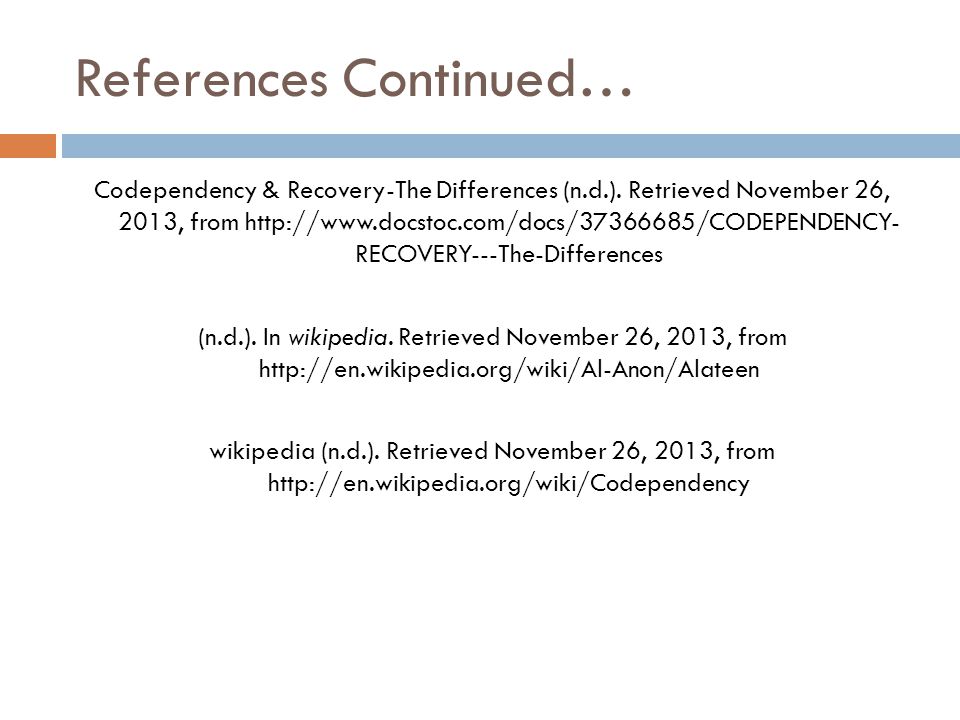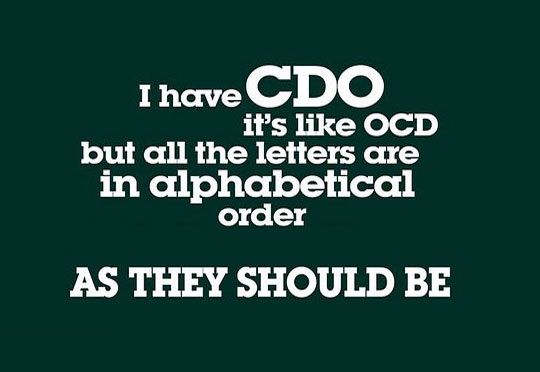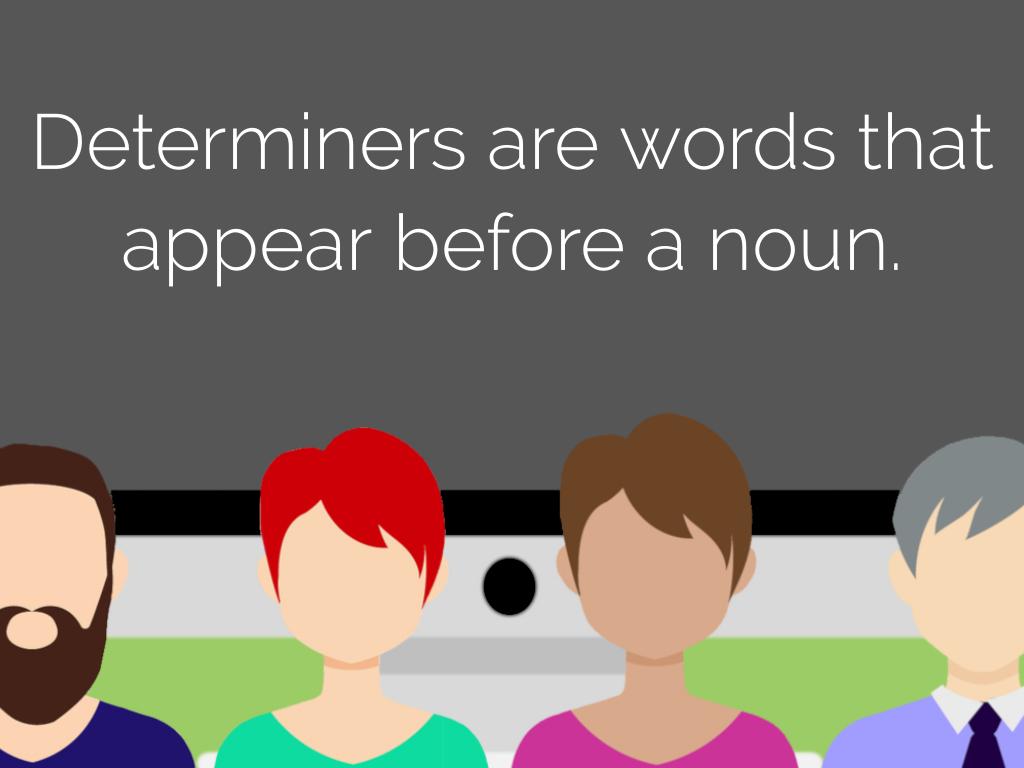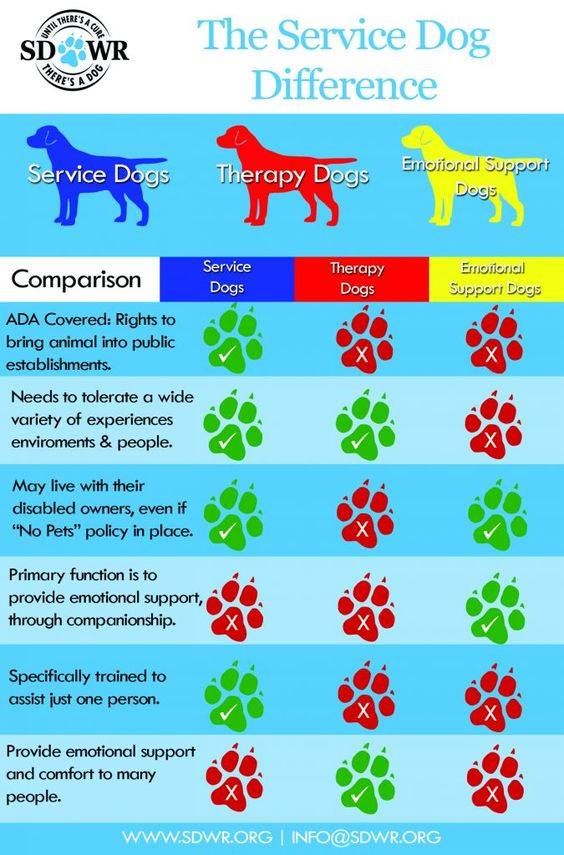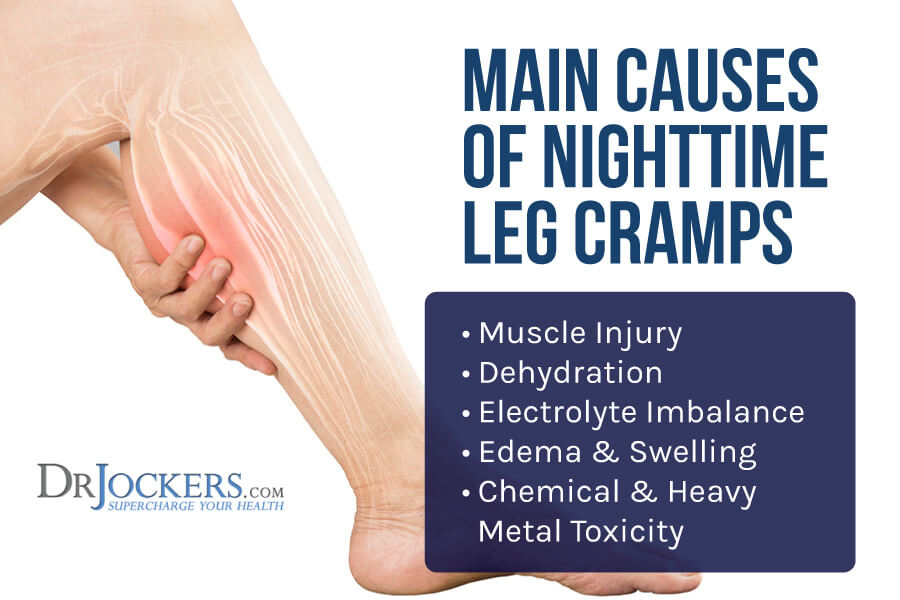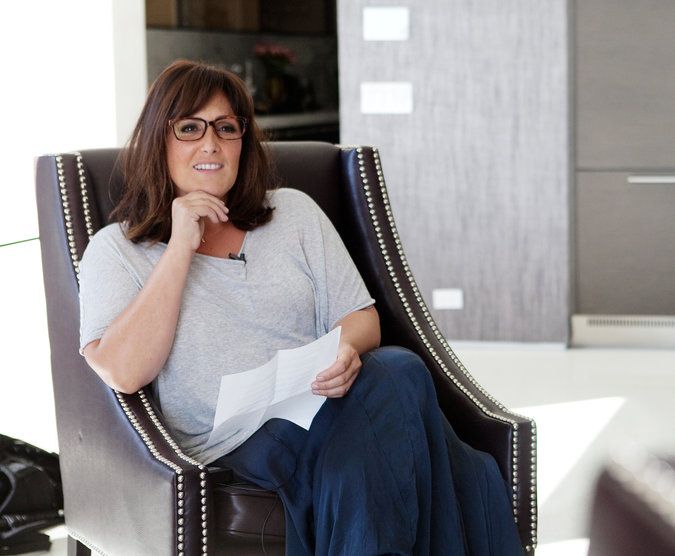Life after codependency
27 Signs that You’re Recovering from Codependency
How do you know if you’re recovering from codependency?
Recovering from codependency is a process — often a long and challenging one. You may find yourself wondering if you’re making progress. You may feel discouraged at times. And you may even feel like you’re sliding back into old patterns. These are all normal thoughts and concerns!
When you’ve been stuck in codependent thoughts and behaviors for a long time, it can be hard to know what recovery looks like. So, below are 27 signs of recovery from codependency to give you a more tangible picture of what recovery entails.
A few notes about codependency recovery
Even if you’ve been working at recovery for a long time, it’s unlikely that you’ve mastered all 27 items on this list and do them perfectly. That’s probably unrealistic for anyone.
We’re aiming for progress not perfection with our recovery. And if you’re early in your recovery, you may find this list overwhelming. It covers a lot!
Don’t try to change everything all at once. That will lead to getting discouraged or not being able to maintain all the changes that you’re working on. I recommend, trying to change just one behavior or thought pattern at a time.
Signs you’re recovering from codependency
1) You validate your feelings and say nice things to yourself. You don’t rely on other people to make you feel valid and worthy.
2) You notice what you do “right” rather than only the things you do “wrong” or imperfectly.
3) You set realistic expectations for yourself. You don’t expect yourself to be perfect.
4) You celebrate your progress, even baby steps in the right direction.
5) You recognize that mistakes are part of learning and growing; they’re normal and not a sign of inadequacy.
6) You take good care of yourself physically, emotionally, and spiritually. You prioritize activities that make you feel good, help you heal, and that help you connect with yourself and other healthy individuals.
7) You don’t take things personally. You know that what others think and say about you are reflections of their reality and who they are – they aren’t always accurate.
8) You aren’t as reactive. You take time to think and calm yourself before responding. And you know that you don’t have to respond to everyone or everything.
9) You know that you don’t owe people (especially difficult or controlling ones) an explanation for your choices. You are allowed to do what’s best for you even if others disagree.
10) You let go of unhealthy relationships. You end relationships that are hurtful or you choose to spend less time with people who don’t share your values or who don’t support your health and personal growth.
11) You can recognize manipulation, gaslighting, verbal and physical abuse, and no longer minimize or ignore them. You speak up when someone is treating you poorly.
12) You allow yourself to rest without feeling guilty.
13) You ask for what you need.
14) You don’t try to prove your worth through achievements.
15) You know that you can’t please everyone all of the time, so you’ve let go of that expectation. You’re more selective about whose opinions matter (and know that your own opinion is most important).
16) You let yourself have fun, be silly, and relax and know that this isn’t a waste of time, but a normal need and positive thing to do for your emotional and physical health.
17) You know that you have the right to be respected. You set limits and don’t let others take advantage of you.
18) You accept that you can’t control other people and don’t obsess about trying to fix or change others.
19) You know that you’re not responsible for other people’s feelings and choices.
20) You don’t enable or try to protect people from the consequences of their own actions.
21) You forgive yourself when you make a mistake.
22) You have a strong sense of who you are; you know what’s important to you, what you like, and what your values and goals are. And you arrange your life to prioritize these things.
And you arrange your life to prioritize these things.
23) You don’t base your worth on your appearance, achievements, wealth, age, relationship status, or other people’s opinions of you.
24) You recognize that you didn’t cause your codependent thinking and behaviors, but you are responsible for your own healing.
25) You take new relationships slowly so you can build trust before getting strongly attached.
26) You ask for and accept help.
27) You can tolerate unpleasant feelings.
Tips for Using this list
Tip #1: You can write a personalized list of your individual signs of recovery. Feel free to use this list as a starting point and delete items that don’t pertain to you and add additional items that are meaningful to your recovery.
Tip #2: You can use these signs of codependency recovery to set recovery goals. For example, you might look at #27 and ask yourself, “What goals do I have about being able to tolerate unpleasant feelings? How much or how often do I tolerate unpleasant feelings currently? How will I know if I’m tolerating my feelings more?” Then you can make a SMART (specific, measurable, achievable, realistic, timely) goal.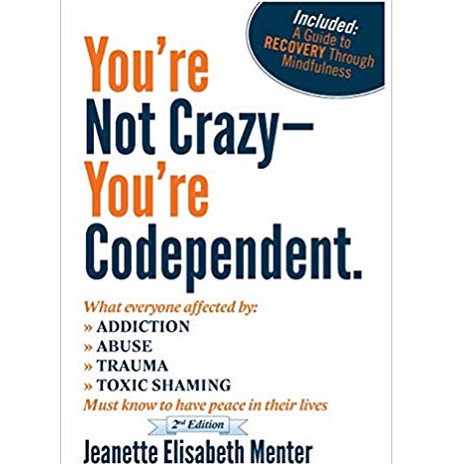 Here’s an example:
Here’s an example:
When I feel sad or angry or ashamed, I will sit quietly for 5 minutes without distracting myself with my phone. I will do this at least twice per week and keep track of it in my journal.
Again, remember that recovering from codependency isn’t all-or-nothing. We are aiming to make progress and slowly work towards being able to do more of these recovery tasks consistently over time.
Learn More
At this point, you may be wondering how to recover from codependency. That is a difficult question to answer in a blog post because we can accomplish these recovery tasks in a multitude of ways and some things work well for some people and not for others. There is trial and error involved. With that being said, I encourage you to read the following articles:
- How to Stop Being Codependent
- 12 Reminders to Help You Change Your Codependent Thinking
- Set Boundaries and Practice Self-Care without Feeling Guilty
- How to Change Your All-or-Nothing Thinking
I also have a free resource library full of worksheets, reading lists, journal prompts, and more to help you with your recovery. To access these resources, sign up below for my weekly emails and lots of free tools.
To access these resources, sign up below for my weekly emails and lots of free tools.
©2021 Sharon Martin, LCSW. All rights reserved. Photos courtesy of Canva.com.
Sharon Martin
Sharon Martin is a psychotherapist, writer, speaker, and media contributor on emotional health and relationships. She specializes in helping people uncover their inherent worth and learn to accept themselves -- imperfections and all! Sharon writes a popular blog called Conquering Codependency for Psychology Today and is the author of The CBT Workbook for Perfectionism: Evidence-Based Skills to Help You Let Go of Self-Criticism, Build Self-Esteem, and Find Balance and The Better Boundaries Workbook.
Recovery from Codependency | Psych Central
Recovery from codependency can be a challenging process that requires ongoing maintenance. You can learn how to conquer codependency in just a few steps.
If you tend to put your partner’s needs and wants before your own, you may be in a codependent relationship.
What may begin as a persona or posture of selflessness, can warp into a compulsive codependent style in relationships where someone will do anything — anything — to make their person happy.
Codependency is a pattern of forsaking your well-being, needs, and self-care to instead put most of your energy into supporting (or enabling) the people in your life.
If you’ve been stuck in codependent thoughts and behaviors for a while, you understand that recovery is a long-term process requiring mindful self-care and self-love.
Recovery from codependency isn’t all or nothing. It will take some time as well as trial and error. Understanding the difference between healthy and unhealthy behaviors and going through all of the required stages and steps can lead you to finally conquering codependency once and for all.
The first step to overcoming codependency in your relationship is learning the difference between unhealthy codependent and healthy interdependent behaviors.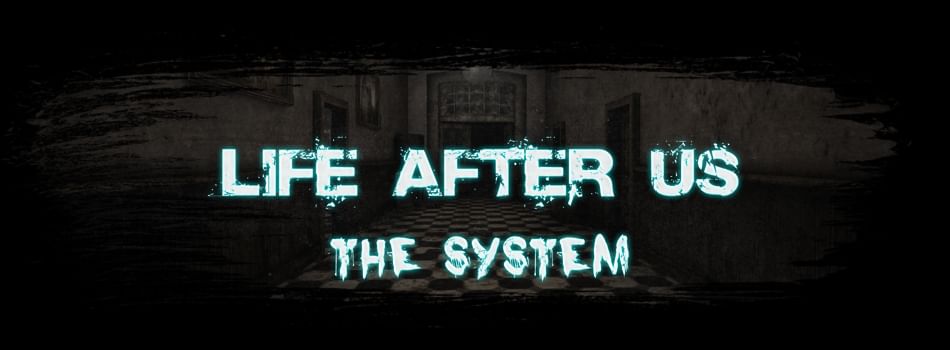
In a codependent relationship, you may put your partner’s needs before your own and not know who you are without the other person, says Holly Schiff, a licensed clinical psychologist in New York and Connecticut.
She adds that someone who’s codependent “may make excuses for the other person and tolerate harmful behavior.”
A healthy, interdependent relationship has mutual respect and no power imbalance. You’re able to rely on your partner for mutual support but can still maintain your identity as a unique individual, explains Schiff.
If you see codependent characteristics in your relationship, it may be time to make a shift and move into interdependency.
Idil Ozturk, a licensed professional counselor in New York, shares what codependent and dependent behaviors may look like in a relationship.
Characteristics of codependent behaviors
- overreliance on a partner to meet most of your needs
- lack of your own identity
- choosing partners that you want to “fix” to feel valued (conscious or subconscious)
- distress when there is a shift in communication
- lack of boundaries, taking responsibility for your partner’s well-being
Characteristics of interdependent behaviors
- relying on partners for some things, but not all things
- having explicit boundaries
- managing disappointment if a disagreement occurs
- a healthy sense of self outside of the relationship, such as your hobbies or friends
- can successfully co-regulate, wherein you can mutually rely on your partner for comfort without taking personal responsibility for their every waking moment
While change is not easy and will take time, it’s possible to heal from codependency. You can start the process by following these steps:
You can start the process by following these steps:
1. Make self-care a priority
Self-care means valuing yourself and giving yourself love and compassion, says Schiff. She suggests getting back to doing the things that you’ve always enjoyed. Honor your own needs, wants, and feelings by engaging in hobbies and activities that you love.
2. Nurture your social relationships
“In order to overcome codependency, make sure you reconnect with friends and family — nurture your other social relationships,” says Schiff.
When you’re in a codependent relationship you may isolate yourself from others so try and reach out to the people you’ve distanced yourself from to rebuild those relationships.
3. Get comfortable setting and maintaining boundaries
When you’re in a codependent relationship it can be hard to speak up for yourself, or identify what you want, says Ozturk. But “learning to set and maintain boundaries is crucial for any healthy relationship,” says Ozturk.
“It’s important to get comfortable and set boundaries.”
4. Find healthy ways to regulate emotional responses with your partner
It’s natural to long for connection when you’re feeling upset. Ozturk suggests identifying what you need for a warm and responsive interaction with your partner.
“Remember it’s helpful to listen and say ‘I’m here for you,’ even if you can’t solve your partner’s problems.”
5. Practice self-soothing behaviors
To better manage difficult emotions on your own it’s best to develop coping skills, says Ozturk. Learning self-soothing behaviors such as deep breathing or going for a walk can help you manage your emotions.
Healing from codependency takes time. Learning the main signs of codependency is a good place to start. However, speaking with a therapist may help you explore your sense of self so you can better understand why you came to rely so much on another person, explains Schiff.
Trained therapists can also:
- teach you how to set personal boundaries so you can avoid codependent relationships in the future
- help you acknowledge specific patterns of behavior so you can learn how to modify the behaviors for healthier alternatives
- help you change “irrational thoughts, so you can learn how to tolerate uncomfortable emotions
There are online therapy options and support groups as well. While you vet a therapist it’s still good to “put yourself first and honor your own needs, wants, and feelings,” says Schiff.
While you vet a therapist it’s still good to “put yourself first and honor your own needs, wants, and feelings,” says Schiff.
Taking time for yourself doesn’t mean you should never consider others’ feelings. It just means that you’re taking the time for your self-care. As the metaphor commonly extrapolated from airplane safety protocol goes: You have to put on your own oxygen mask before seeking to help someone else.
Codependency is focusing on others’ wants and needs before your own. While it’s natural to want to support your loved one, it’s also important to consider your own needs and respect their, and your, boundaries.
If you’re having a hard time working through the steps by yourself, a therapist can offer guidance and support. Remember, it is possible to break the cycle and conquer codependency with consistency and mindfulness.
Getting Out of a Co-Dependent Relationship: 12 Essential Steps
If your self-worth depends on your partner's approval, and their emotions and actions are always more important than yours, your relationship may be co-dependent.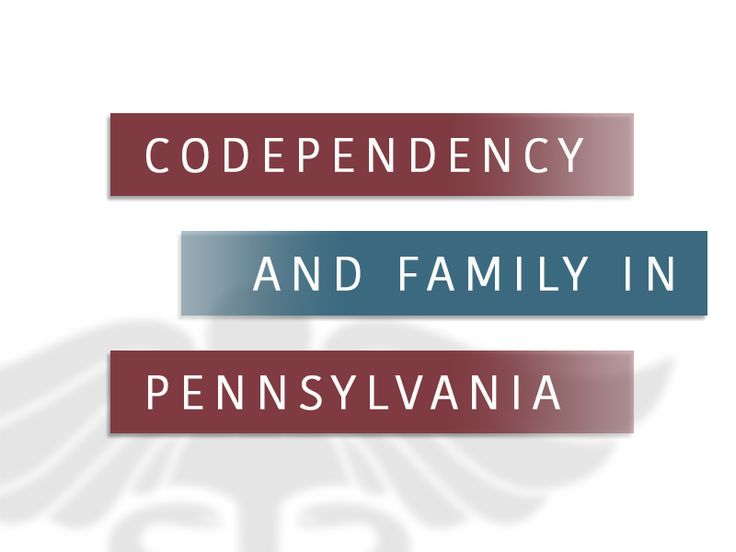 “Codependency is “an unhealthy, inadequate, or dangerous need for another person; I would argue that these relationships are dominated by fear and need instead of love and abundance,” says Andrea Miller, author of Radical Acceptance: The Secret to Happy and Lasting Love.
“Codependency is “an unhealthy, inadequate, or dangerous need for another person; I would argue that these relationships are dominated by fear and need instead of love and abundance,” says Andrea Miller, author of Radical Acceptance: The Secret to Happy and Lasting Love.
Co-dependent relationships are often built with people who have some form of addiction - alcohol, drugs, gambling. A 12-step program has been developed for addicts and their families. What are these steps and why are they so important?
1 step. Admit your powerlessness
As long as the codependent is responsible for the dependent person, tries to save him, he loses control over his own life. The addict (alcohol, drugs, games) admits to being powerless over the chemical or games to begin recovery. And a person suffering from emotional dependence on another (that is, co-dependent) needs to admit at the very beginning of his path his powerlessness in the face of an obsessive desire to control the life of another and influence his choices and decisions. Even if these choices and decisions destroy the life of a loved one.
Even if these choices and decisions destroy the life of a loved one.
2 step. Be Honest
Just as a person who abuses alcohol can pretend to himself that he drinks “culturally”, so a co-dependent person can pretend that his involvement in the life of another person is a genuine concern. In fact, the codependent gets hung up on the other from the inability to be alone, to cope with what he has inside. It is always easier to pretend that everything is fine with me, but the problems of my loved ones are much more serious.
3 step. Ask for help
Having admitted that he is unable to control the situation with the power of his own “I”, the codependent (in the same way as the dependent) thus recognizes the presence of another, decisive force that keeps him afloat and does not allow his personality to completely dissolve in the near (in addicts - in alcohol / drugs / games). The source of this power is determined individually - someone is healed by faith in God, someone visits groups for co-dependents, and some believe in the knowledge of psychotherapists who take part in their fate.
4 step. Get away from mythological thinking
Codependents often ignore problems and pretend they don't exist. Facing reality is scary and they pretend like the circumstances aren't as bad as they are. Likewise, substance addicts deny for a very long time that their substance cravings have become a real problem, without considering it necessary to seek help. It is necessary to focus on finding support and resources that will help you accept reality, maintain your integrity and withstand the harsh reality of the world.
5 step. Learning to identify and live with your feelings
The inability to deal with difficult feelings (such as anger, hatred, anger, guilt, shame, etc.) often becomes the impetus for escaping reality into drinking and drugs or games. Then dependence is a consequence of the inability to recognize, live and express their emotions. A person who is dependent on another person does not live his life at all and does not know his feelings. He also does not know how to deal with them, cannot cope with them, and therefore it is easier for him to switch to another, to escape into the reality of his life.
He also does not know how to deal with them, cannot cope with them, and therefore it is easier for him to switch to another, to escape into the reality of his life.
6 step. Set boundaries
Normal boundaries are semipermeable. People share with each other the contents of their inner world, this is a mutual and comfortable process for everyone. But in codependents, boundaries are violated. They may blame others for their thoughts, feelings, and actions, or they may take the blame for the thoughts, feelings, and actions of another person. A recovering person after using chemicals learns to say “no” to alcohol or drugs, to recognize the manipulation of former drinking buddies, to maintain self-respect regardless of the opinions of others. And a dependent on another person learns to say “no” to what does not suit him, does not correspond to his values and interests.
“I've been feeling depressed for two years since I left a codependent relationship”
Man and womanQuestion to the expertDivorce
I lived in a codependent relationship for 15 years. Have kids. Divorced two years ago. Went to this long and slowly.
Have kids. Divorced two years ago. Went to this long and slowly.
After the divorce, she gradually began to change a lot, fell into some kind of incomprehensible state.
I reviewed my entire environment, saw how many toxic people I used to be comfortable with, stopped communicating with them.
As a result, I, a very cheerful and sociable person, found myself "locked" in loneliness. Depressed state all the time. Working with a psychologist helps only for a while, then I “go out” again.
During these two years, I had several short novels that briefly added color, but then everything rolled back to its original position.
What is happening to me now? Is it an adaptation to a new life that you just need to survive? Or maybe it's depression?
Natasha, 33 years old
Natasha, thank you for your question. Behind the exit from co-dependent relationships is sometimes a much larger process than is commonly believed. This is a way out of entire scenarios of life - after all, the approach to building relationships is starting to radically transform. And this process is not smooth, it develops step by step and with kickbacks.
This is a way out of entire scenarios of life - after all, the approach to building relationships is starting to radically transform. And this process is not smooth, it develops step by step and with kickbacks.
You got divorced and left the familiar territory where you lived for 15 years. This territory had a specific climate and inherent codependency dynamics, the influence of which does not stop at the moment when you receive a certificate of divorce.
It's like walking on dry land after a long boat trip, and your body continues to balance as if you were still on a ship.
It is important to understand that the “flesh and blood” of a codependent relationship is an emotional amplitude. It is due to cyclical bursts of love and hate, hope and exhaustion, cravings and rejection that emotional dependence becomes stable. Chemical addiction looks similar when the craving to use is stronger than the severe consequences.
But you made a tremendous effort and left.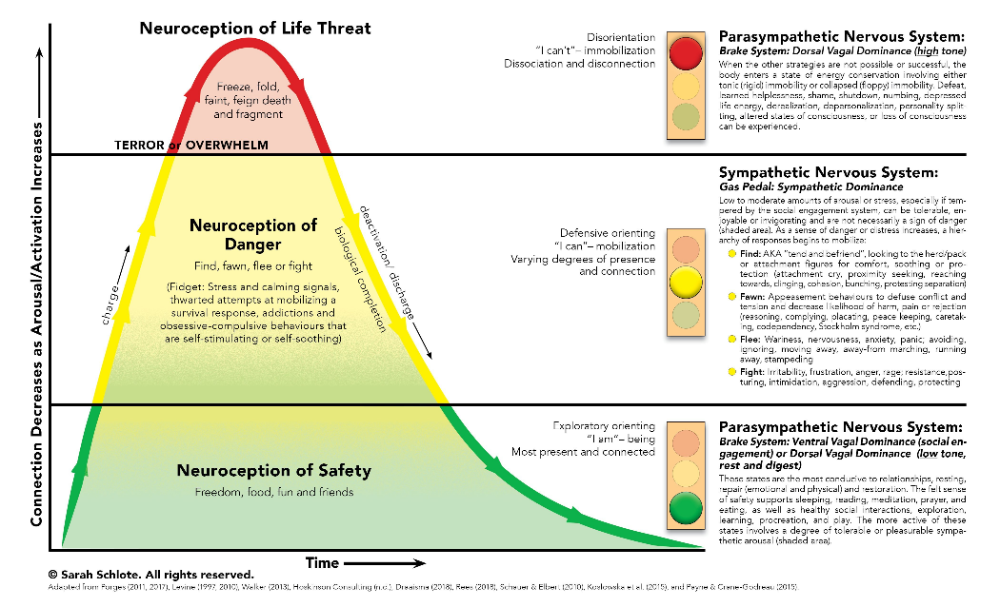 The amplitude dynamics, according to which you lived for a long time, has changed. A natural background decline becomes a reaction to such a “stop” of the usual swing: depressed mood, low energy level, apathy, irritability. It would seem that the relationship is completed, the source of suffering has disappeared, but it was also a source of (habitual) dopamine.
The amplitude dynamics, according to which you lived for a long time, has changed. A natural background decline becomes a reaction to such a “stop” of the usual swing: depressed mood, low energy level, apathy, irritability. It would seem that the relationship is completed, the source of suffering has disappeared, but it was also a source of (habitual) dopamine.
Now you can watch how the habit of emotional amplitude is being reproduced in a different way - you are looking for and finding people with whom it seems you can get a shake-up. But following the results of the meetings, you see: it no longer suits you, at least for the “long distance”.
You are faced with the challenge of transforming your approach to building relationships. If emotional amplitude no longer occupies a central role in them, then what will they be filled with? What do you want the relationship to become for you?
It makes sense to take your time and give the answers to these questions time to mature.